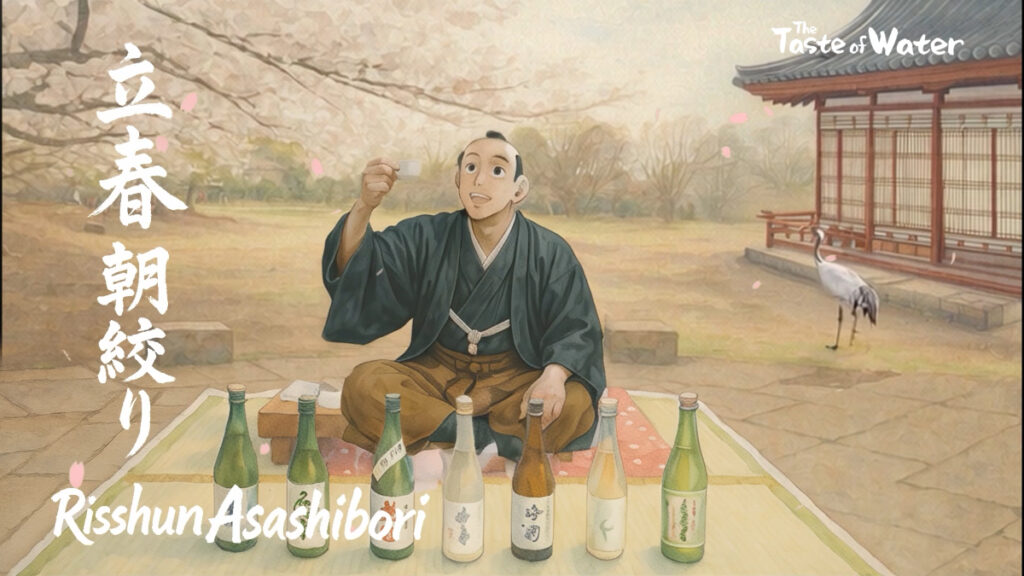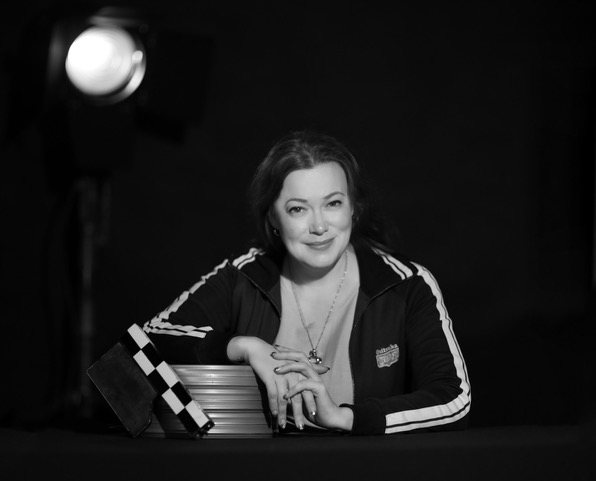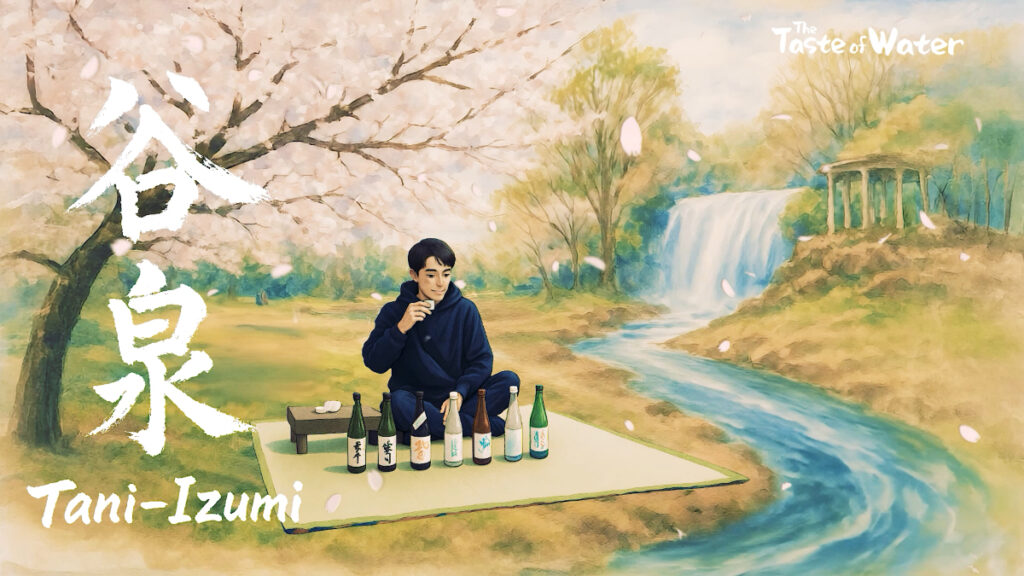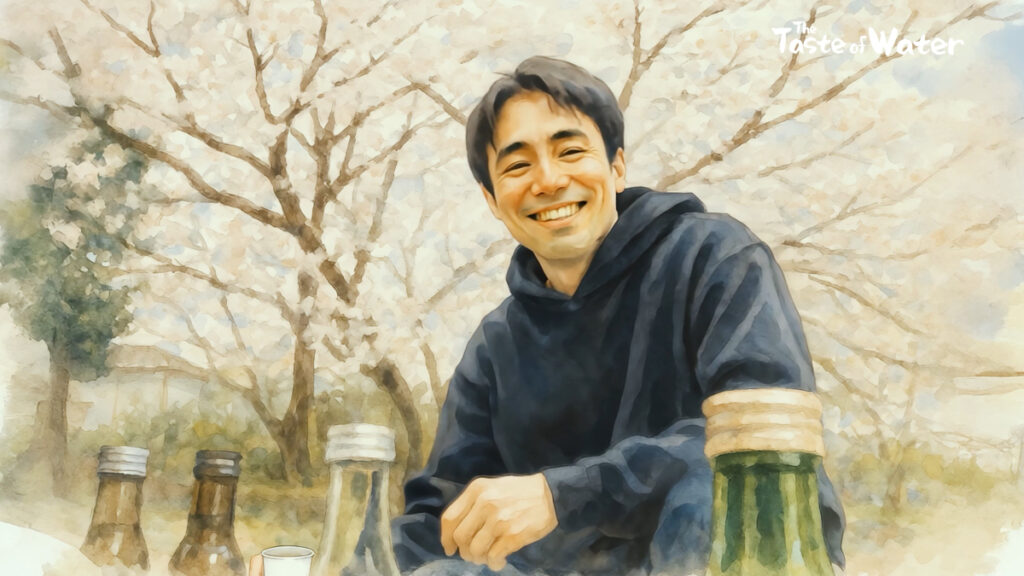It all started when historian and film director Riki Ohkanda moved to Japan. Her fascination with the Japanese alcoholic beverage sake led her to document the various labels she tried at restaurants. But everything changed when a friend invited her to a tasting fair for buyers in Akita, the northwest prefecture of the country. “I was hooked,” she recalled. “Why did three types of sake from the same brewery look the same? Why did they still taste so different?” Finding answers to questions like these led her to realise that sake is multifaceted, and this knowledge needed to be shared.
Years later, that idea has materialised. Ohkanda is directing a documentary feature The Taste of Water, which will take viewers through the basics of sake production, its history, its cultural impact and its current crises. “Through the protagonist Ohkado, I hope to show how fun sake is, not only as a drink, but also as a source of cultural inspiration,” she explained.
Synopsis: With the hope of finding the meaning behind the illusive phrase so often describing sake as “water,” young manga artist Ohkado sets off on a journey through the sake world in Japan. From the basics of sake production through its history, cultural impact and current crises, Ohkado travels with his animated and snarky friend Kobo-kun as they learn. As one might imagine from an idiom like “the taste of water,” sake too is multifaceted, fluid, and colorful in ways that bind both humanity and the soul.
This is a wholesome animated documentary targeting adults, which blends entertainment and education to introduce an iconic piece of Japanese culture in the world of sake.
But what sets The Taste of Water apart is its inventive production pipeline: it combines live-action footage with 2D and 3D animation, enhanced by AI-driven rotoscoping techniques. Producer Nakajima Ryo revealed that AI has been baked into the creative process from the get-go. “The decision to move forward with AI was made after the director offered a compelling vision for how it could enhance the storytelling,” he said. “We began exploring generative AI in creative production as early as 2022 and developed this project with AI integration from the start.”
Ohkanda outlined the hybrid workflow: sketching a storyboard, filming live-action elements, applying a base rotoscope, expanding it with AI-generated visuals, and finally refining each frame with hand-drawn animation. “I see AI like clay,” she said. “It gives us a base, but the expressive, imaginative touches must come from the human hand.”
One of the biggest advantages of using AI, Ryo noted, is that a small team can manage the production. But it hasn’t been without challenges. “Sometimes, AI won’t do what I want at all—it just goes in a completely different direction,” said Ohkanda. Ryo added, “AI can be difficult to control.” To address this, the team developed proprietary control tools. “In terms of time, it’s roughly comparable to traditional animation—maybe slightly faster—but human-led corrections are still essential.”
While some creators rely entirely on AI from concept to final cut, Ohkanda sees its real potential in historical storytelling—where elaborate visuals and costumes might otherwise be cost-prohibitive—and in multilingual projects, where strong stories and performances often face linguistic limitations. “We see AI as a tool to support human expression,” said Ryo. “Human creativity must stay at the core.”
The Taste of Water will be released in five 20-minute chapters, with the first slated for release by the end of 2025. “We believe anticipation will grow as we near completion,” Ryo said. “Sake enthusiasts and industry insiders are already helping spread the word.” By releasing the documentary in chapters and sharing its behind-the-scenes process, the team hopes to build ongoing engagement with the audience.
Produced by Supersub, the documentary is part of the Tokyo Pitch at Annecy Festival’s MIFA, and is presented by Tokyo Metropolitan Government (TMG), as part of the Tokyo Animation Business Acceleration Program (TABAP). “The TMG has been incredibly supportive,” Ryo shared. “They’re not just offering funding, but also helping unlock each project’s creative potential.”
The Tokyo Pitch at Mifa took place on 10 June, 5:15 pm at the Impérial Palace Haendel.






